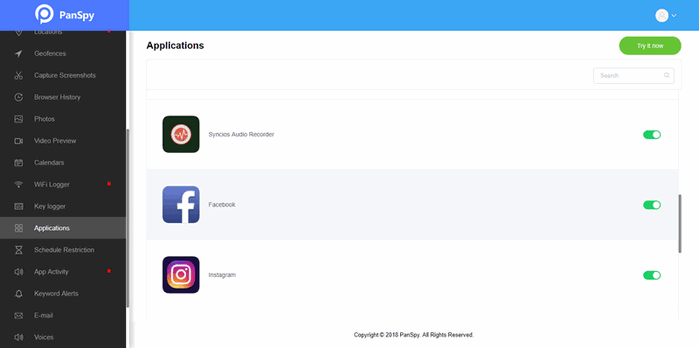How to Stop Facebook Addiction
With the advent of social media sites (like Facebook), people can form online friendships that can last a lifetime. But for all the positive aspects of sites like Facebook, Pinterest, Twitter, and Linkdin, there is also a legitimate danger to becoming too connected on social media.
While "Facebook addiction" or "Facebook addiction disorder" are not medically approved terms, the reality of addictive behaviors on Facebook are a growing problem for many Facebook users, and one that therapists are seeing more frequently in their patients.
In this article, we will share you some tips to help break free from your Facebook addiction and spend more time doing the things you want or need to get done.
What Is Facebook Addiction?
When it comes to any addiction, it’s not all about the quantity. It’s about how it affects you and your loved ones, and whether it interferes with how you live your life.
Here arer some Facebook addiction symptoms:
- Obsessive checking of Facebook notifications is a symptom of impatience or people-pleasing. Facebook takes advantage of your desire for instant gratification. Your brain receives a dopamine hit every time you see that red notification light up.
- Obsessive refreshing of your Facebook feed is a symptom of a fear of missing out. You check your feed during a date, because you don’t want to miss any interesting updates. You check your messages while you drive, because a friend might have something exciting to share.
- Have more connections with people via Facebook than in real life.
- Like to chat online than call someone or even visit them in person.
- Announce personal events on social media before announcing it to real world friends (engaged, pregnant, or “in a relationship”.)
- Get extremely upset when your favorite social media platform like Facebook is down.
How To Stop Your Facebook Addiction?
If you’re ready to break your addiction to Facebook, follow these five tips.
- Commit to Deactivating Your Account for At Least a Week. Lots of people have found relief in deactivating their Facebook accounts for a short period of time to help take themselves away from it all and realize what they’re missing by wasting so much time on the site. Remove Fake Friends. Having such a large network of Facebook friends with people you barely know and tons of public pages sharing new updates all the time or can still trigger an overwhelming desire to know what’s going on at all times. Do you really need to keep in touch with acquaintances from years ago? Go to your fake friend’s profile, hover over the ‘Friends’ button, select ‘Unfriend’.
- Unsubscribe from Notifications. Notifications can get distracting, especially if you check Facebook every time you get one.
- Identify A Positive Habit or Hobby. A great way to break Facebook addiction is to substitute it with a routine that improves your life or connects you with a personal passion. You can use the one hour to write an ebook, learn something new, take a daily walk or join a club.
- Limit Social Media Time. If you love Facebook, but spend too much time on it (more than 1 hour a day), you should create time blocks where you’re only “allowed” to go on it. PanSpy is a professional mobile phone monitoring solution provider specializing in tracking and monitoring activity for smartphone users. With this application, you can block the Facebook app when you do not want to be disturbed or distracted.

You ultimately have complete power to break your Facebook addiction by exercising self-control and addressing the priorities in your life. It’s time to break our addictions so we can achieve our purpose and enjoy the company of the people right in front of us.
All Topics
- Mobile Monitor
-
- Track Contacts, Call Logs
- Track Calendar, Apps
- Track SMS Messages
- Track GPS Location
- Track Browsing History
- Track Instagram
- Track Hangouts
- Track WhatsApp
- Track Facebook
- Track Twitter
- Track Tinder, Skype
- Track Snapchat
- Track Kik Messages
- Track Wechat History
- Track QQ Chat History
- Track Wi-Fi Networks
- Parental Control
-
- 2021 Best Parental Control Apps for Android
- Monitor Child's Device
- Cell Phone Addiction
- Stop Facebook Addiction
- Block Porn on Phone
- Track Child's Location
- Employee Monitor
-
- Monitor Employee Emails
- Monitor Browser History
- Employee GPS Tracker